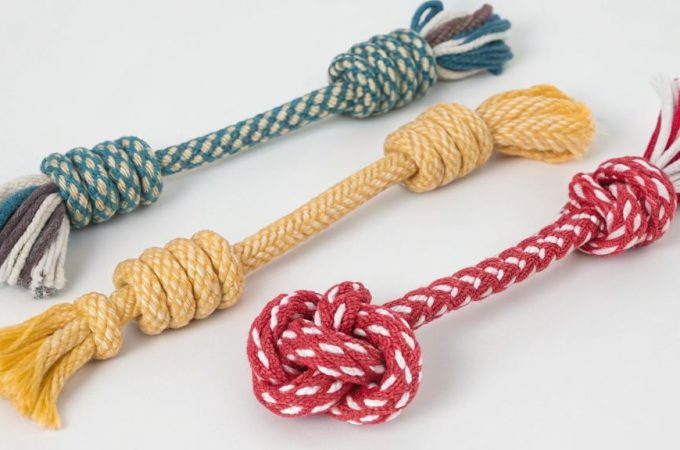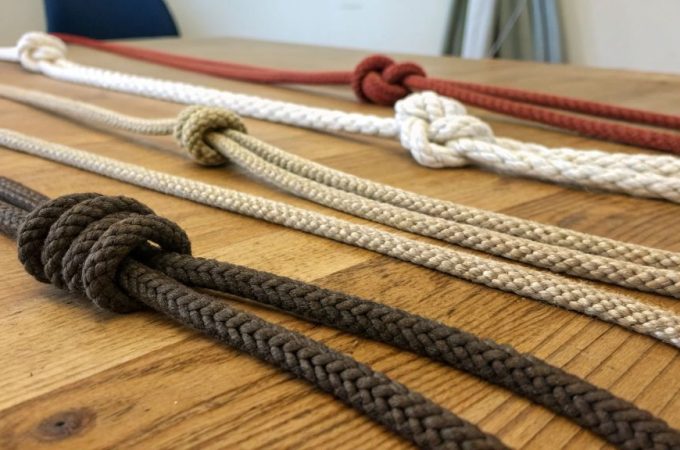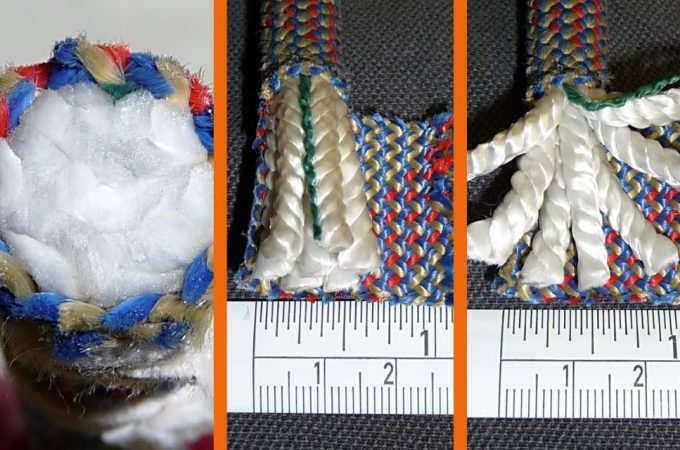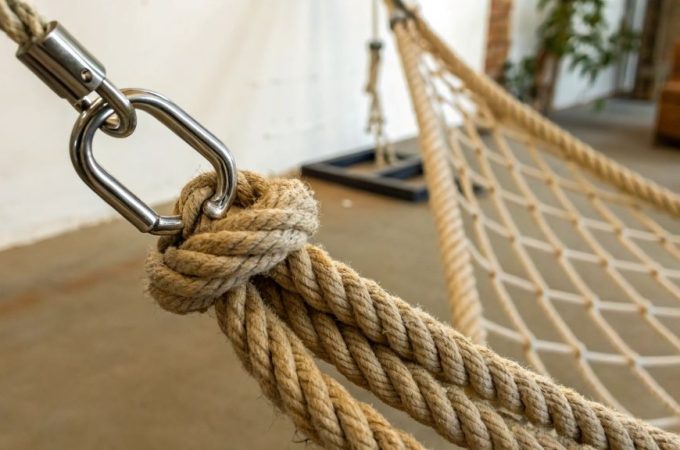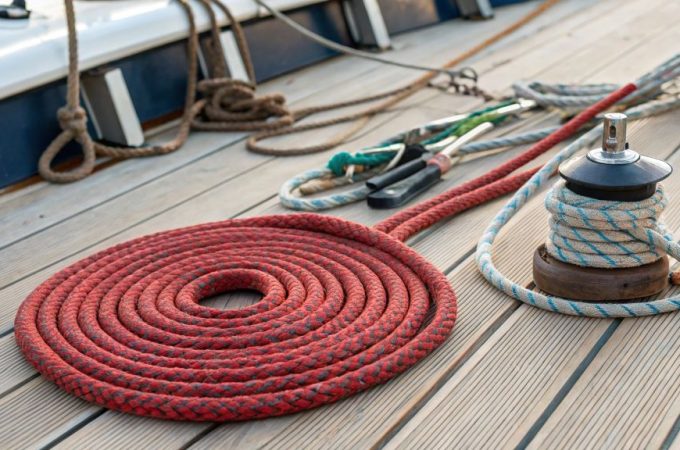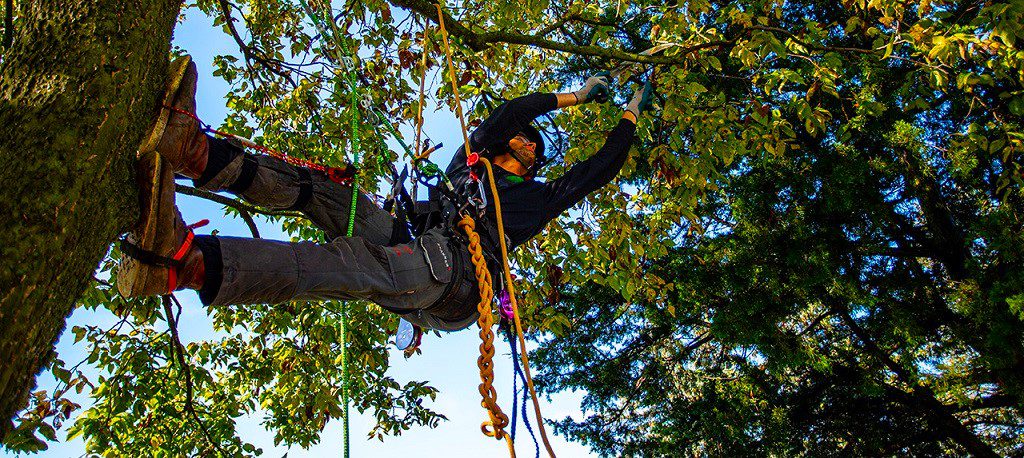
What Rope to Use for Tree Climbing: Discover the Ultimate Guide
Use a dynamic or static climbing rope designed specifically for tree climbing. For tree climbing, it is important to choose a suitable rope that can handle the weight and strain of the climber.
Contents at a Glance
ToggleWhen it comes to tree climbing, finding the right rope is crucial for a safe and successful climb. With the vast array of rope options available, it can be overwhelming to choose the right one. However, using a dynamic or static climbing rope specifically designed for tree climbing is essential.
These ropes are specially constructed to handle the weight and strain of a climber. They are strong, durable, and have the necessary elasticity to absorb shocks. We will explore the different rope options available for tree climbing and provide you with the information you need to select the perfect one for your climbing adventures.
Essential Qualities Of Tree Climbing Ropes
Tree climbing ropes play a crucial role in ensuring safety and success while engaging in this adventurous activity. When choosing the right rope, there are several essential qualities to consider.
- Durability and Resistance to Wear: A high-quality rope should be able to withstand the wear and tear that comes with tree climbing. Look for ropes made from durable materials like nylon or polyester that have been specifically designed for outdoor activities.
- Flexibility and Knot Holding Capacity: The rope should be flexible enough to allow easy movement and maneuvering between branches. It should also have excellent knot holding capabilities to ensure the knots stay secure during the climb.
- Appropriate Stretch for Climbing Safety: Opt for ropes that offer the right amount of stretch or dynamic elongation. This helps absorb sudden impacts and reduces the risk of injury during falls.
- Load Capacity and Breaking Strength: Consider the load capacity and breaking strength of the rope to ensure it can safely support your weight. Look for ropes with a higher breaking strength to provide an extra level of safety.
Considering these qualities will help you choose a rope that is durable, flexible, safe, and able to withstand the challenges of tree climbing. Remember to regularly inspect and maintain your rope to ensure it remains in optimal condition for future climbs.
Types Of Ropes For Tree Climbing
When it comes to tree climbing, choosing the right rope is crucial for your safety and success. There are various types of ropes available, each with its own benefits and specific uses.
| Type of Rope | Benefits |
|---|---|
| Static Ropes | Designed for ascending, static ropes provide minimal stretch and excellent stability. They are ideal for tasks that require controlled movements, such as climbing trees for pruning or rigging equipment. |
| Dynamic Ropes | If you expect dynamic movements during your climb, dynamic ropes are your best choice. These ropes offer more stretch to absorb the impact of falls, making them suitable for activities like lead climbing or climbing routes with unpredictable terrain. |
| Arborist Climbing Lines | For professional arborists, specialty options like arborist climbing lines are worth considering. These ropes are specifically designed for tree care tasks, offering features such as increased strength, lightweight construction, and resistance to abrasion. |
When selecting a rope for tree climbing, make sure to consider the specific requirements of your climbing activity. Whether you need stability, stretch, or specialized features, there is a rope available to suit your needs.
Choosing The Right Rope Diameter And Length
In tree climbing, choosing the right rope is crucial for safety and effective handling. One important consideration is the diameter of the rope. The diameter affects both safety and handling trade-offs. Smaller diameters are lighter, making them easier to carry and handle. However, they may not provide as much friction, reducing the grip and overall safety. On the other hand, larger diameter ropes offer better grip and safety, but they can be heavier and more difficult to handle. When selecting the rope diameter, it is essential to strike a balance between safety and ease of use.
An equally important aspect to consider is the length of the rope. The ideal rope length for climbing can vary depending on various factors. To calculate the ideal rope length, consider the height of the tree you plan to climb. A general rule of thumb is to ensure that the rope is at least twice the height of the tree. However, different climbing techniques and personal preferences may require longer or shorter ropes. Opting for a longer rope provides more flexibility for climbing higher or traversing longer distances. Conversely, a shorter rope offers better control and maneuverability in tighter spaces.
Ultimately, the choice of rope diameter and length depends on the specific needs and preferences of the climber. Considering safety, handling, and climbing requirements, it is important to select a rope that strikes the right balance.
The Role Of Rope Maintenance
The role of rope maintenance is crucial when it comes to tree climbing. Regular inspections are necessary to ensure the safety and reliability of the rope. During inspections, it is important to look for any signs of wear and tear, such as frayed or damaged fibers, knots, or discoloration. Any issues found should be addressed immediately to prevent accidents.
Additionally, cleaning the rope regularly can significantly prolong its lifespan. There are various methods to clean the rope, including hand washing with mild soap and water or using a rope washer. Care should be taken to avoid using harsh chemicals or excessive heat, as these can damage the rope.
Proper storage solutions are also essential to prevent damage to the rope. The rope should be stored in a cool, dry place away from direct sunlight and chemicals. Coiling the rope loosely and avoiding sharp bends or knots will help maintain its integrity.
Accessories To Enhance Tree Climbing Ropes
The choice of rope for tree climbing is crucial for ensuring safety and efficiency. To enhance the functionality of tree climbing ropes, there are various accessories available in the market.
Rope-specific carabiners and ascenders are essential accessories that provide secure connections and smooth ascents and descents. These specialized carabiners and ascenders are designed to be highly durable and reliable, ensuring the safety of climbers.
To protect the ropes from wear and tear, friction savers are used. These devices create a buffer between the rope and the tree, minimizing damage caused by friction during climbing.
Ensuring the safety of the climber is of utmost importance, which is why harnesses and helmets should always be used during tree climbing. The harness provides support and stability, distributing the climber’s weight evenly, while the helmet offers protection against falling debris and potential head injuries.
| Accessories | Description |
|---|---|
| Rope-specific carabiners and ascenders | Specifically designed for secure connections and smooth ascents and descents |
| Friction savers | Protect the rope from wear and tear by creating a buffer between the rope and the tree |
| Harnesses and helmets | Essential for the safety of climbers, providing support, stability, and protection |
Techniques For Rope Climbing Efficiency
Learning basic climbing knots is crucial for tree climbers. The figure-eight knot and bowline knot are commonly used and easy to learn. These knots provide secure attachments and ensure safety while climbing. It’s important to practice tying these knots frequently to become proficient.
Arborists can benefit from advanced rope techniques to enhance climbing efficiency. One such technique is the double rope technique (DRT), where climbers ascend using two ropes simultaneously. Another technique is the single rope technique (SRT), which involves ascending with a single rope using specialized ascenders or friction hitches. These techniques allow climbers to move quickly and smoothly up the tree.
Prolonged tree climbs can be physically demanding, but arborists can minimize fatigue and save energy with a few tips. Using foot ascenders helps distribute the body weight and reduces strain on the arms. Taking short breaks during climbs allows for rest and recovery. Utilizing efficient climbing techniques, such as body positioning and using the legs, also helps conserve energy. Investing in comfortable harnesses and climbing gear is essential for prolonged climbs.
Understanding Climbing Rope Regulations
Understanding climbing rope regulations is essential for tree climbers to ensure safety and compliance. Industry standards for safe practices dictate the types of ropes that should be used during tree climbing activities. These standards are in place to protect climbers and prevent accidents.
There are various certifications that climbers should be aware of, as they indicate the quality and reliability of a rope. Certifications such as UIAA, CE, and NFPA provide valuable information about the rope’s strength, durability, and performance.
Additionally, it is important to be familiar with the laws and ethics of tree climbing safely. This includes obtaining necessary permits, adhering to local regulations, and practicing responsible climbing techniques. Understanding these aspects helps climbers minimize risks and contribute to the preservation of trees and their surrounding environments.
To choose the right rope for tree climbing, climbers should consider their specific needs and the requirements set by climbing regulations. Taking the time to research and understand the different ropes available will ensure a safe and enjoyable climbing experience.

Credit: asocialnomad.com
Personalizing Your Climbing Rope Setup
When it comes to tree climbing, selecting the right rope is crucial to ensure both safety and enjoyment. Personalizing your climbing rope setup is essential to tailoring it to your specific climbing style. Whether you prefer static ropes for long ascents or dynamic ropes for greater flexibility, understanding your climbing needs will help you make the right choice.
If you’re an experienced climber or have a unique climbing style, it may be worth considering a custom rope solution. Customization allows you to select the rope material, diameter, and length that best suits your preferences. However, it’s important to balance your budget with the quality and safety of the rope. While custom ropes offer more options, they may come at a higher cost.
Ultimately, choosing the right rope for tree climbing is a personal decision. It is important to evaluate your climbing style, consider the durability and strength of the rope, and balance your budgetary limitations. By personalizing your climbing rope setup, you can enhance your climbing experience and ensure a safe and enjoyable climb.
Frequently Asked Questions On What Rope To Use For Tree Climbing
What Is The Best Rope For Tree Climbing?
The best rope for tree climbing is a dynamic rope designed for rock climbing. It should have a high weight rating, good elongation properties, and a diameter between 10mm and 12mm for optimal grip. Look for ropes with a high tensile strength and a durable sheath for maximum safety and longevity.
Can I Use A Regular Rope For Tree Climbing?
Using a regular rope for tree climbing is not recommended. Regular ropes are not designed to handle the dynamic forces of tree climbing and may have a lower weight rating that can compromise safety. It is important to use a rope specifically designed for rock climbing or tree climbing to ensure your safety while ascending and descending trees.
How Long Should A Tree Climbing Rope Be?
The length of a tree climbing rope depends on the height of the tree you plan to climb. It is recommended to have a rope that is at least double the height of the tree to allow for proper anchoring and tying off.
For example, if you plan to climb a 30-foot tree, a rope that is 60 feet long would be ideal. Always have extra rope to account for any unexpected situations.
What Type Of Rope Is Best For Tree Climbing?
The best type of rope for tree climbing is a dynamic rope. Dynamic ropes are designed to stretch when under pressure, absorbing shock and reducing the impact force on the climber in the event of a fall. Look for ropes made of high-quality materials such as nylon that offer good durability and strength for tree climbing activities.
Conclusion
To conclude, choosing the right rope for tree climbing is crucial for safety and efficiency. Considering factors like strength, durability, and flexibility, one must opt for ropes specifically designed for this purpose. Whether it’s a static or dynamic rope, understanding its specifications is essential to ensure a successful climbing experience.
With the proper equipment and knowledge, climbers can navigate trees with confidence, enjoying the thrills of this exhilarating activity. So, remember to select the appropriate rope and embark on your tree climbing adventure with peace of mind.

